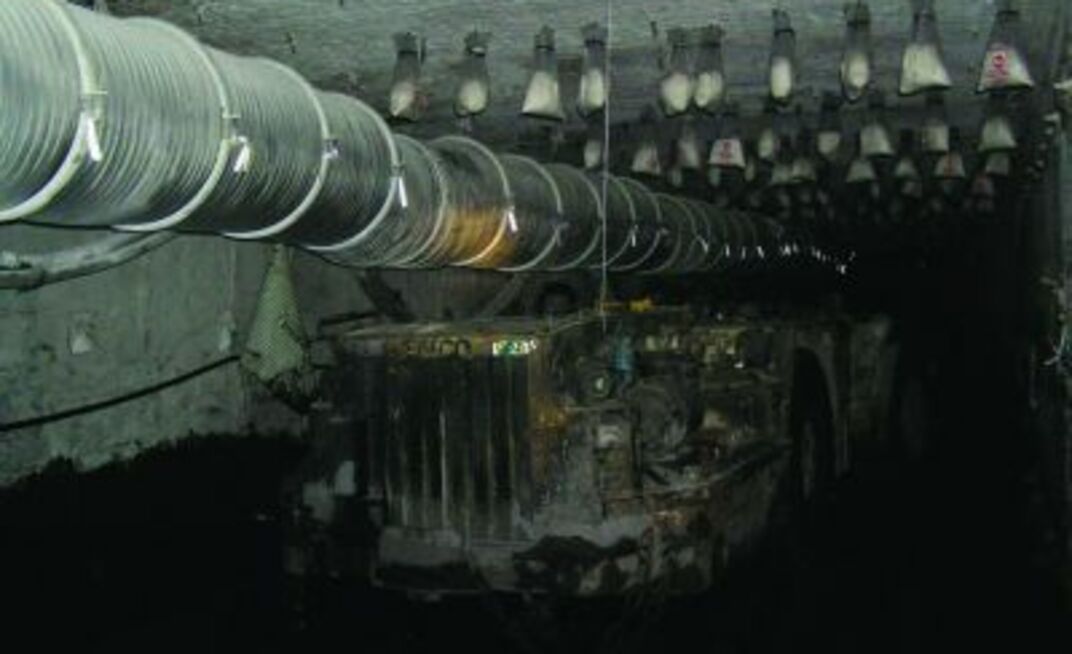Published in June 2008 Australian Longwall Magazine
Newstan installed a Macquarie Manufacturing Rapid Advance Development Monorail system looking to increase development rates and improve safety. Macquarie has also taken orders for a second system for Centennial, two complete development systems for Rio Tinto's Kestrel mine, as well as longwall systems for Xstrata's Blakefield South and Vale's new Carborough Downs mine.
On top of the 50 installations in Australia, business is also booming in the United States with FMC the latest to order a Macquarie monorail. Past US customers include the now closed Willow Creek longwall, the Deserado mine which runs a longwall and development monorail, the San Juan mine with longwall, conveyor and gas extraction systems, and Bridger Coal with a conveyor system soon to be installed. Macquarie also has installations at Svea Nord in Spitspergen (Svalbard), in the Arctic Circle.
"We installed our first longwall system in 1990 and they have become a lot more popular as more mines realise the advantages that the system will give them. There have been advancements over the original longwall system including materials management systems, installation platforms, high-performance traction drive units and the ability to interface with our innovative Rapid Advance Development Monorail Systems," 'Macquarie mining manager Scott Jensen said.
He said the new Rapid Advance Development system was proven to increase development rates, improve section ventilation and standards, decrease development costs, reduce downtime and reduce the risk of personal injury and equipment damage due to reduction in manual handling.
"Manual handling is now essentially limited to a lightweight monorail beam, as opposed to handling cumbersome vent tubes and ancillary services including cables, hoses, pumps, firefighting, stone dusting, fans, gate end boxes and similar.
"At the mine, processes previously taking an entire shift to complete now can be achieved within 30 minutes, without risk of injury, the need for ancillary equipment, or equipment damage. Belt moves are greatly reduced in time, with no cable, hose and tube work required."
Jensen said section tidiness and cleanliness could also be improved, owing to equipment being suspended from the monorail, and not stored as individual components.
"Mine managers have recognised the need for improvement in development panels together with reducing injuries, improving driveage rates, improving longwall continuity and reducing costs."
The monorail system encompasses all services-related equipment from the face area, outbye to the incoming services cut-through.
At the face, ducting, cables and hoses directly interface with the continuous miner, with no detachment required during the flitting and the tramming process, making it no longer necessary to install or manage ventilation tubes, cables or hoses. The sole requirement is installation of a monorail beam adjacent to the miner. Shuttle car extension cables are also placed on the monorail.
The ducting and services then extend outbye to the fan and gate end box, and both are suspended from the monorail. Incoming services to this area are also accommodated within the monorail system, outbye to the incoming services cut-through and through to the associated travelling road take-off points.
























